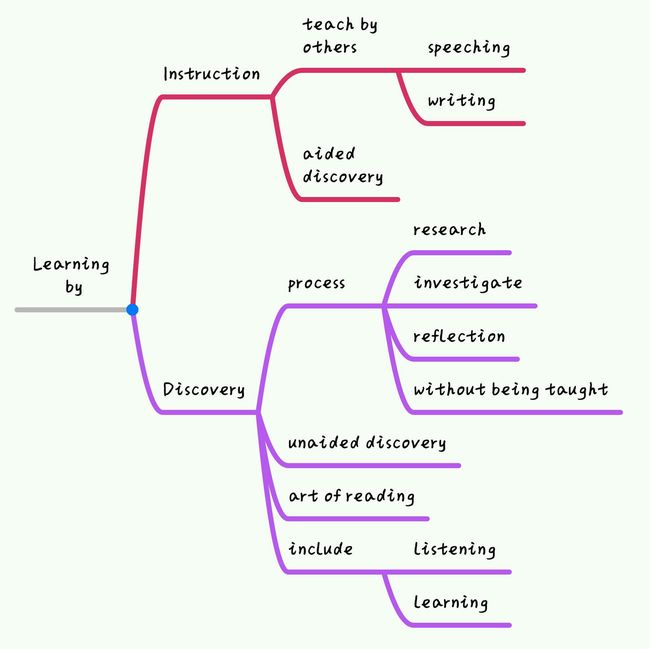Part 1. Words&Expressions
1.remarkable adj.
unusual or surprising and therefore deserving attention or praise.
It is remarkable that
eg. It is remarkable that woman did not have a baby until that time.
remarkable for
eg.His drawings are remarkable for their accuracy.
2.literate adj.
(1) able to read and write
eg. Over one quarter of the adult population are not fully literate.
(2)well educated in one or several fields
3.complex adj.
complicated in structure or consisting of interconnected parts
eg. Only comprehensive research and design could effectively solve complex problems in practice.
4.hence adv.
the statement you are about to make is a consequence of what you have just said
eg. The trade imbalance is likely to rise again in 2007. Hence a new set of policy actions will be required soon.
Part 2. Summary
The main purpose of reading book: Gain increased understanding.
Reader: Gain a large share of information and their understanding of the world from the written word.
Nowadays, new technologies, such as television and video, have great functions which can save our time and let us know more about the world. But there are also some disadvantages:
(1) It always provides too much information.
We do not have to know everything about something, because it may be an obstacle to understand.
(2) Information from media is usually packaged.
We can not make up our own mind. Sometimes, it may disturbs our thoughts.
1. Active Reading
All reading is active.
Excellent reading entail: more actively and skillfully.
2.The Goals of Reading: Reading for Information and Reading for Understanding
The subject of this book is the art of reading good books when understanding is the aim you have in view.
3. Reading as Learning: The Differences Between Learning by Instruction and Learning by Discovery
If this were not the case, and every teacher had to be taught what he in turn teaches others, there would be no beginning in the acquisition of knowledge.
4. Present and Absent Teachers
Therefore if we are disposed to go on learning and discovering, we must know how to make books teach us well. That , indeed, is the primary goal of this book.
Part 3. My thoughts
首先真的很想吐槽一下,各位都好厉害!!
可能因为是大学狗+平时不看这么长的英文文章+英文超级渣的缘故,我读15页读了将近2小时。期间真的觉得有看不下去,而且很多地方都要反复反复反复读好多遍才能理解意思。
读完之后,感觉脑袋一片空白,然后瞬间明白随手记录摘抄做笔记的重要性。
还有第一次用这些编辑器之类的东西,要是排版字体有问题,让人看着很不舒服,请不要怜悯地唾弃指责我,然后顺便在祝福我一下后天的考试顺利~(鞠躬)
最后,进入正题,来谈谈我的一些看法。
首先,不愧是一本严肃的书,上来就抛出了阅读的目的和读者的定义,然后在通过与现代媒体相对比,来展现出读书带给我们的诸多益处,让人迅速意识到阅读的重要性。当然,这仅仅是开始。
光明白阅读的重要性是不够的,作者更多的是想让我们了解到,理解一本书,才是真正的到达读书目的的真·阅读。
于是,作者便分别从Active Reading(有效阅读),The Goals of Reading(阅读目的),Reading as Learning(把读书作为一种学习),Present and Absent Teachers(现场和缺席的老师)四个方面为我们阐述他的观点。
1. Active Reading
读书都是有效的。你读得越高效越有技巧,你读书的效益越高。
2.The Goals of Reading
读一本简单的书,你可以获得信息。对一本超出你水平的书,如果肯自己钻研不懂的问题,你的理解力将会得到提升。
3.Reading as Learning
外界指导只能让你加强对辅导的人的理解。而自我探索则能让你更好地理解书。
4. Present and Absent Teachers
如果所有人都需要靠别人教才会,那么就没有第一个学会的人了。
蟹蟹大家的阅读,大家早点休息,晚安
而我要去彻夜奋战我的会计学了





